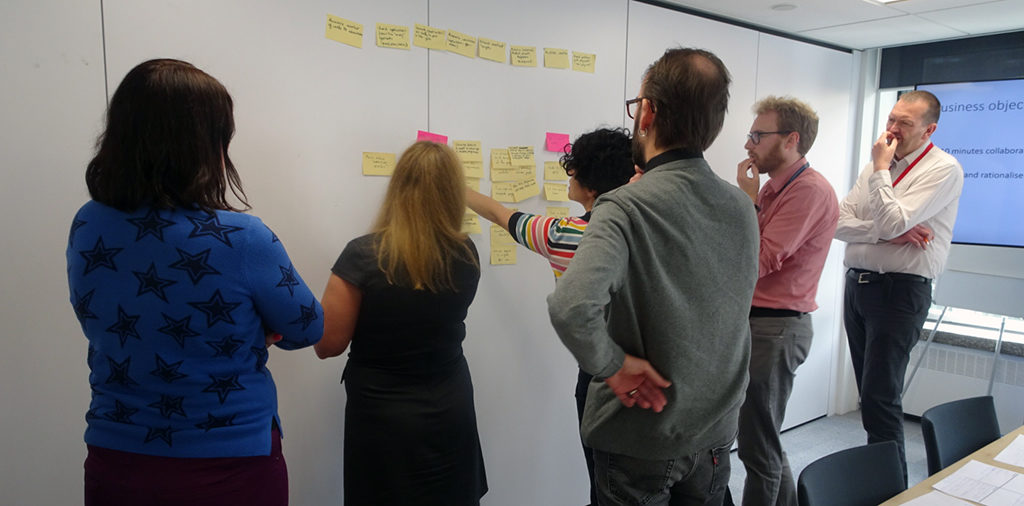User research is improving websites for postgraduate online masters recruitment
Over the last 3 months I had the opportunity to work on a project to create two websites to help recruit students on to postgraduate online Masters programmes.
The two websites were:
- MSc Critical Care (online)
- MSc Carbon Management (online)
These were to be built following a methodology employed by the UX Service based on research and understanding user needs.
Read more about the previous work the UX Service had carried out into online learning
Previous research
I read research previously commissioned by the University to understand prospective students’ goals and needs when it comes to studying an online postgraduate programme.
It was interesting to see that there were clear motivations in people to find out about things like:
- entry requirements
- costs
- how online learning is delivered
Workshops
I then worked with a User Researcher on the team to organise and deliver a workshop for each course.
This included staff from each programme who had responsibilities for:
- student recruitment
- handling enquires
- managing data such as student application numbers
- subject matter experts

We used personas created in the previous research and asked the participants to read them. We then asked them to think about these personas in relation to the specific programme, and if there were any more specific attributes that they could add for their programme. From this, staff created new programme-specific personas.
After discussing the personas that had been individually created, staff collaborated to find groupings and attributes these personas had in common. These were then prioritised, in order to understand what types of users are most important to the business.
The next stage of the workshop was to ask the team to generate and prioritise business objectives for the programme. In these sessions, business objectives ranged from increasing the number of applications to the programme, to widening the diversity of prospective students. Not only was this about increasing the number of countries students were coming from, but also about widening representation from different professional disciplines.
Once the workshops were complete I took the data and analysed what we had found.
From this I was able to create:
- Proto-personas (identifying user behaviours and beliefs, pain points and information needs)
- A summary of workshop findings including user needs and business objectives
- A prioritised content list
Usability testing
At the same time I carried out usability testing for both programmes. This was really useful because I wanted to test existing webpages and whether users could find content that had been identified as top priorities. This is a really powerful technique that quickly shows you how people are using your interface or product.
For each programme, I set three people some common, representative tasks, and used screen capture software to record how they were using the interface.
Information architecture
From all of the data above, I was then able to move on to design and propose an information architecture for both websites, based on user needs. This involved creating meaningful categories and thinking about the placement of content within the structure. This has all been based on a solid foundation of understanding users’ needs and business objectives.
Content design
I audited the existing web pages to gather information and identify any gaps. From there I was able to start the process of creating content.
Next steps
I have completed my work on the websites now. They still have to be reviewed by academic staff, and amends will be made by staff in the College / School. Once this happens, they can then go live.
It would have been good if I could have made this happen while I was here. However, it is a good reminder that when we think about websites, in my experience, we think about design, HTML, technology, but it’s always the content that needs the energy and dedication of the team to deliver projects.
I’ll look out for the websites going live and hoping they can help to recruit more students to the programmes involved.

